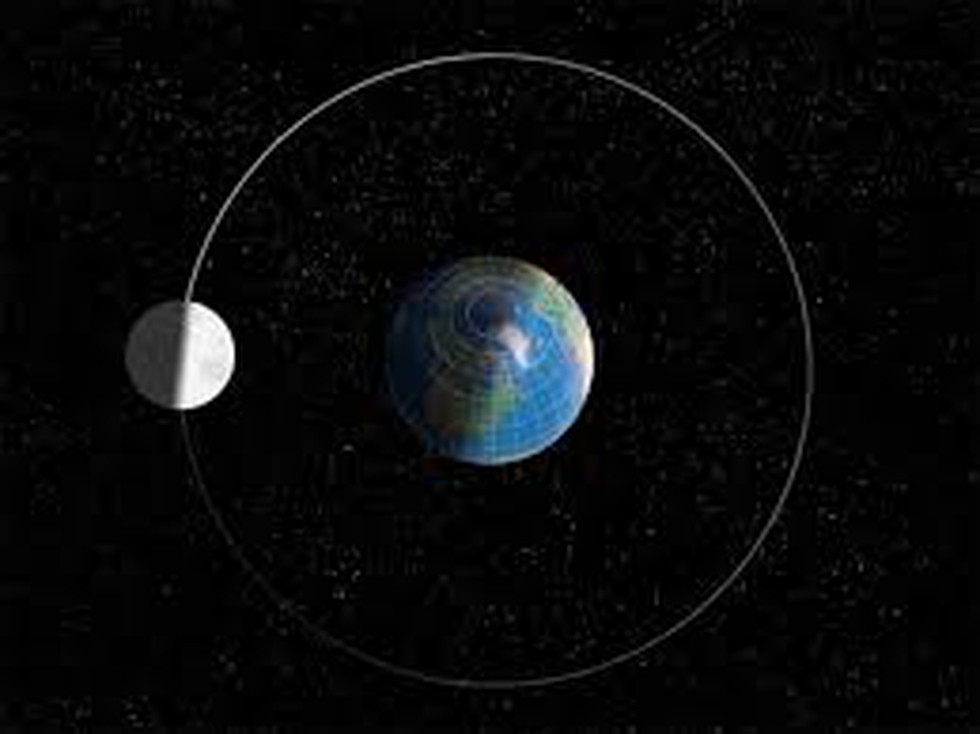An international team of astronomers and astrophysicists recently confirmed the first observation of a tidally locked super-Earth exoplanet, LHS 3844b. Their findings were published in The Astrophysical Journal. This discovery sheds light on the prevalence of such planets in the galaxy and their potential implications.
Background
Prior research has hinted at the existence of tidally locked exoplanets, where one side constantly faces the star they orbit. However, definitive proof had been elusive until this recent discovery. Tidal locking is a phenomenon seen in some moons in our solar system, such as Earth’s moon, where the same side always faces the planet they orbit.
Methodology
The research team utilized a unique approach to confirm the tidal locking of LHS 3844b. They analyzed infrared data from the Spitzer Space Telescope to measure the amount of starlight reflected by the exoplanet. This data allowed them to infer the temperature distribution across the planet’s surface. By observing the variations in temperature as the planet orbited its star, the team concluded that one side of LHS 3844b remains significantly cooler than the other, indicating tidal locking.
Implications
The confirmation of a tidally locked super-Earth suggests that such planets may be common in the galaxy. This finding raises intriguing possibilities for the existence of habitable zones along the boundary between the hot and cold sides of these planets. It also underscores the importance of further exploration and study of exoplanetary systems.
Multiple Choice Questions (MCQs) with Answers:
- What recent discovery did an international team of astronomers and astrophysicists confirm?
- A) First observation of a super-Earth exoplanet
- B) Existence of a tidally locked super-Earth exoplanet
- C) Presence of liquid water on an exoplanet
- D) Identification of a habitable exoplanet
- What is tidal locking?
- A) When a moon orbits a planet
- B) When one side of a moon always faces its planet
- C) When an exoplanet orbits its star
- D) When a planet rotates on its axis
- How did the researchers confirm the tidal locking of LHS 3844b?
- A) By directly observing its surface features
- B) By analyzing infrared data from the Hubble Space Telescope
- C) By studying the variations in its reflected starlight and surface temperature
- D) By measuring its gravitational interactions with nearby planets
- What do the researchers speculate about the prevalence of tidally locked planets?
- A) They are rare occurrences in the Milky Way galaxy
- B) They are confined to our solar system
- C) They may be common in the Milky Way galaxy
- D) They are only found around red dwarf stars
